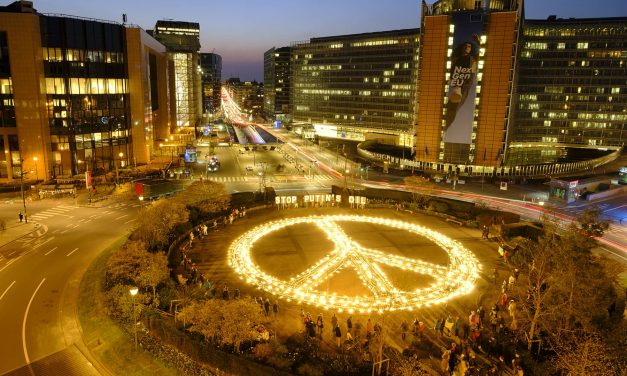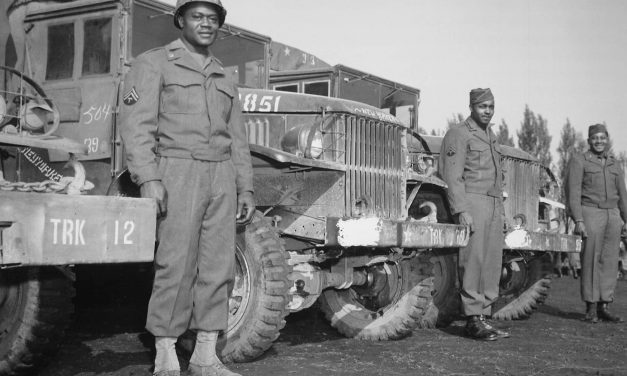The “Fortress Russia” Myth: Why a once self-proclaimed island of Christianity sees itself as a constant victim
By Gregory Carleton, Professor of Russian Studies, Tufts University The range of anti-Russian measures taken by countries around the world since the start of Russia’s invasion of Ukraine is virtually unprecedented and hearkens back to the darkest days of the Cold War. They have assumed many forms but broadly include economic sanctions, military support for Ukraine and boycotts of Russian exports. Other forms of resistance, undertaken primarily by nonstate actors, focus more on Russian culture – its music, literature and arts – with the country’s conductors dismissed from European concert halls and pieces by Tchaikovsky excised from set lists....
Read More















